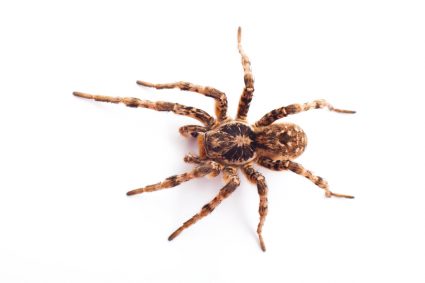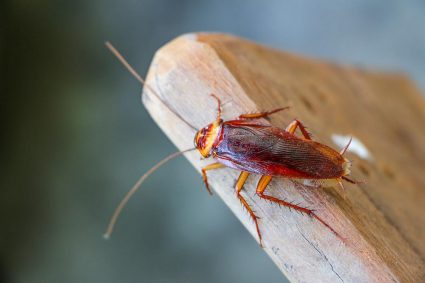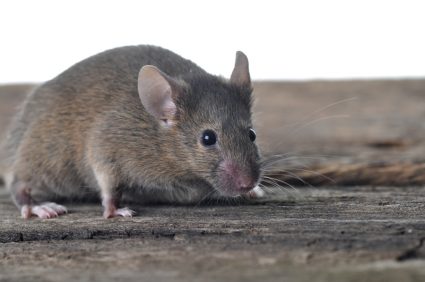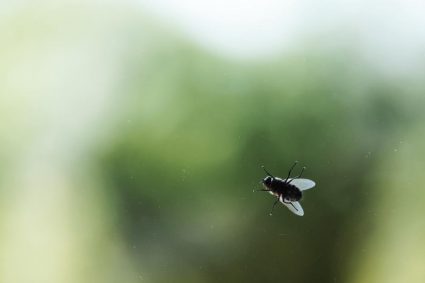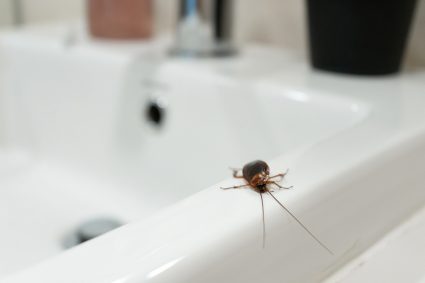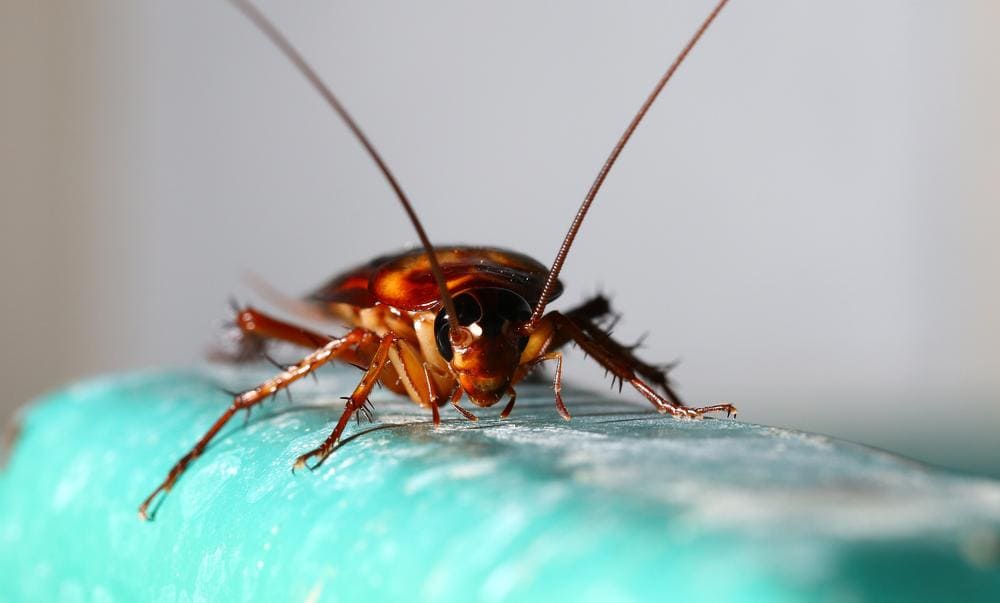
Cockroaches are known for their resilience and adaptability, and they are often found in human habitats, most commonly in kitchens. If you’ve ever found yourself asking, “Why do I have roaches in my kitchen?” you’re not alone. Roaches are attracted to kitchens primarily because they provide easy access to food, water, and shelter. But what are the specifics? What makes your kitchen a roach paradise? Let’s delve into the details.
Roaches are attracted to your kitchen primarily because it provides easy access to food, water, and shelter. They can survive on crumbs, spills, and even non-food substances. Leaky pipes and appliances offer a readily available source of water and shelter, and roaches can enter your home through small cracks and openings. Maintaining cleanliness, fixing leaks, and sealing gaps can help prevent and eliminate roach infestations.
Why Kitchen?
The kitchen is a hotspot for roach activity for a few reasons:
Food Sources
Roaches can survive on crumbs, spills, and even substances we don’t consider food, such as hair, soap, and toothpaste. They can also eat cardboard, wallpaper paste, book bindings, grease, leather, soap, and human hair. These are all commonly found in kitchens, making them an ideal feeding ground for roaches.
Moisture
Leaky pipes, faucets, and appliances create conditions in which roaches thrive, as they offer a readily available source of water and warm, sheltered spaces for nesting.
Shelter
Roaches are attracted to dark, undisturbed places, such as basements, dark corners of cabinets, and underneath large appliances, especially those that use water.
Easy Points of Entry
Roaches can enter your home through small cracks and openings, such as gaps around baseboards, cabinets, windows, and flooring.
What Attracts Roaches to the Kitchen?
Roaches are drawn to your kitchen for primarily two reasons: food and water. They are scavengers, and they can find food in your kitchen easily, even if it’s just crumbs or spills. Water sources, such as leaky faucets, sinks, and appliances, also attract roaches.
Identifying Roaches
There are several types of roaches that commonly infest kitchens. Some of the most common ones include the German Cockroach, the American Cockroach, the Oriental Cockroach, and the Brown-Banded Cockroach. Each has distinct characteristics that help in identification, such as their size, color, and markings.
Health Risks
Roaches pose several health risks. They can carry and spread various diseases, pathogens, bacteria, and germs, such as E. coli, salmonella, typhoid, urinary tract infections, digestive problems, and sepsis. They can also trigger allergies and asthma attacks, especially in children.
Detecting a Roach Infestation
Early signs of a roach infestation include new allergy symptoms, unusual smells, strange smears, droppings, shed skin, egg cases (ootheca), chewed packages, and disappearing food.
Prevention and Elimination
There are several ways to prevent and eliminate roach infestations. Keeping your kitchen clean, storing food properly, fixing leaks, and sealing gaps can deter roaches. If you already have an infestation, consider using home remedies like diatomaceous earth, boric acid, or glue strips to eliminate them. For severe infestations, it’s best to contact a pest control professional.
In conclusion, roaches are attracted to your kitchen due to the abundance of food, water, and shelter it provides. By maintaining cleanliness, fixing leaks, sealing gaps, and using natural repellents, you can prevent and eliminate roach infestations in your kitchen.
Frequently Asked Questions
How fast do roaches multiply?
Roaches multiply very quickly. A single female German Cockroach can produce up to 30,000 offspring in a year.
Can roaches survive without food and water?
Cockroaches can survive for about a month without food and a week without water.
Can roaches cause damage to my property?
Yes, roaches can cause damage to your property. They can chew through paper, cardboard, and other materials, which can lead to damage to books, wallpaper, and food packaging.
Are there any natural repellents for roaches?
Yes, there are natural repellents for roaches. Some examples include essential oils like peppermint, tea tree, and eucalyptus, as well as substances like diatomaceous earth and boric acid.
What does a roach infestation smell like?
A roach infestation can produce a musty, oily odor that is quite distinctive. This smell can intensify as the infestation grows.



